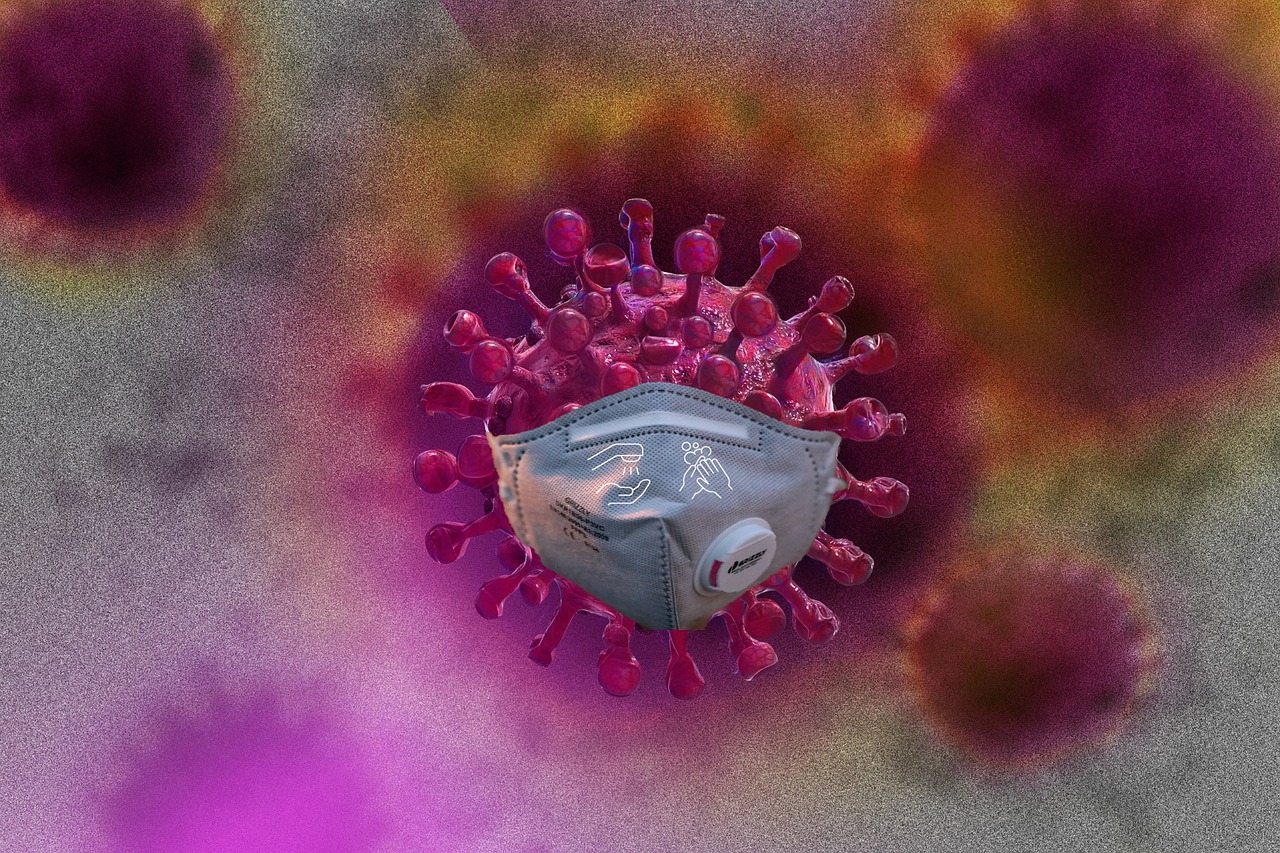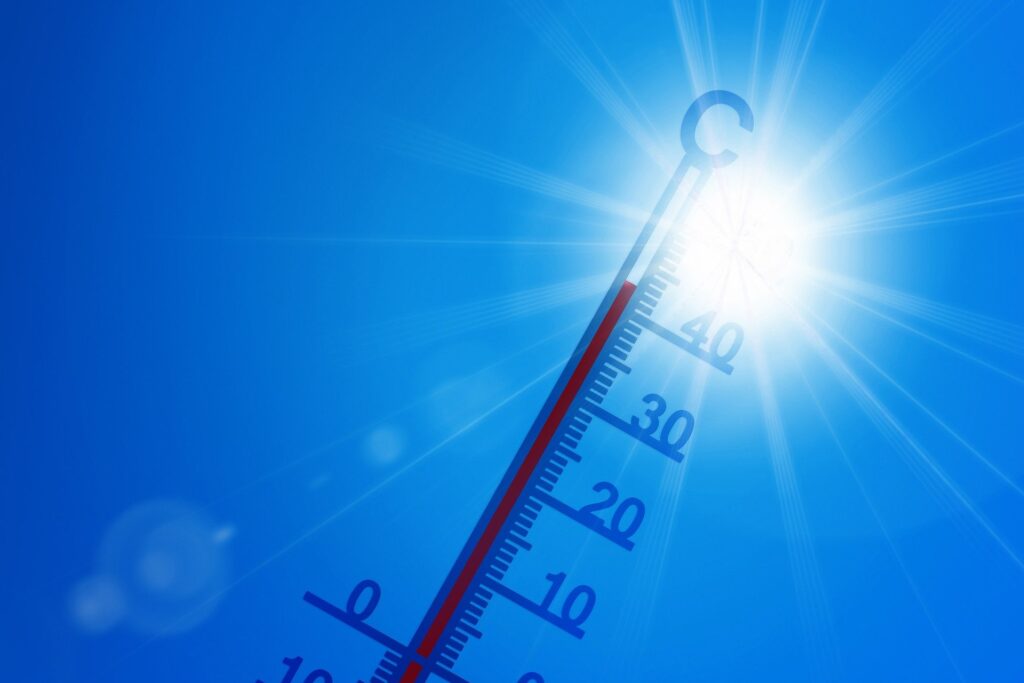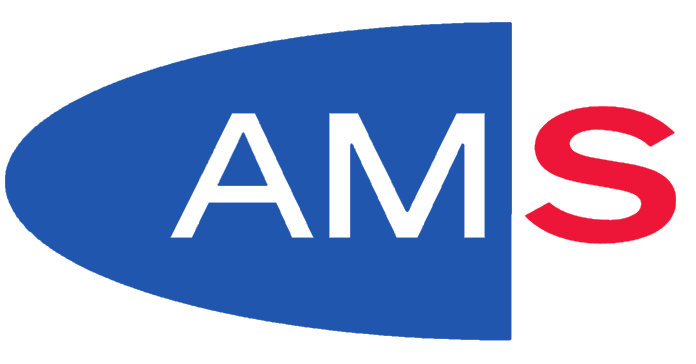At 20.30 it was finally published: The new Corona regulation. Here are the most important cornerstones announced by Minister Anschober. Although the decree was published in the course of Thursday evening, it will not come into force until Sunday, 0 o’clock. So two days later than planned! Originally the regulation should have come into force on Friday, 0 o’clock. According to the Ministry of Health, people should be given enough time to familiarize themselves with the new rules.
At 20.30 the regulation was finally published. “The regulations will come into force on Sunday, 25 October 2020, 00:00 hours,” writes the Minister of Health in a mailing. Those regulations, which refer to the appointment of COVID-19 representatives, prevention concepts and the obligation to report events, are legally binding from November 1, 2020.
After a two-week transitional period, the end of face visors will come on November 7, 2020.
These are the most important key points published by Minister Anschober:
a) Protection through more and better MNS
When entering public places in closed rooms (e.g. an underground passage), a mouth and nose protector (MNS, mask) must be worn. Also at events, both indoor and outdoor, with assigned seats, an MNS must be worn – also at the seat.
A mouth-nose protector must fit tightly in the future. This makes it clear that face shields or chin visors are not considered to be mouth-nose protection.
b) Protection through mandatory minimum distance
When entering public places outdoors, a distance of at least one meter must be maintained from persons who do not live in the same household. When entering public enclosed spaces, there is also the obligation to wear a tight-fitting mechanical protective device (MNS, mask) covering the mouth and nose area.
The ordinance also specifies several exceptions to the distance obligation:
Among other things, the 1 meter distance rule does not apply:
– between persons living together in the same household, within groups up to a maximum of six people, plus a maximum of six underage children (up to 18 years),
– between people with disabilities and their accompanying persons who provide personal assistance or care services
In airplanes and public transportation, the minimum distance of one meter may be undercut in exceptional cases. Therefore, the MNS is obligatory here.
The amendment also makes it mandatory to wear a mouth and nose protector in subway stations, platforms, train stations and airports and their connecting structures.
In future, anyone who claims not to be able to wear an MNS for health reasons must provide proof of this in the form of a certificate issued by a doctor authorized to practice medicine in Austria.
New protection rules in bars and restaurant industry
The maximum group sizes are reduced to six persons indoors (plus a maximum of six underage children up to 18 years of age for whom supervision is mandatory) and to a maximum of 12 persons outdoors (plus a maximum of six underage children up to 18 years of age for whom supervision is mandatory).
If a restaurant establishment has more than 50 seats actually available, a prevention concept will be mandatory from 1 November 2020. A COVID 19 representative or agent must also be appointed. In addition, food and beverages may only be consumed while seated, with the exception of snack stands, markets and occasional markets.
It is also new that after curfew, alcoholic beverages may not be consumed within a radius of 50 meters around a restaurant or catering establishment. This also applies to gas station stores with a gastronomy license and to snack stands.
New protective measures for events and sports
For events, the number of participants is significantly reduced:
six persons at events without assigned and marked seats in closed rooms plus a maximum of six underage children up to 18 years of age; persons present at these events must be supervised.
12 persons at events without assigned and marked outdoor seats plus a maximum of six underage children up to 18 years of age, to whom supervisory duties apply.
1,000 persons at events with assigned and designated indoor seating.
1,500 persons at events with assigned and designated outdoor seating.
In principle, several events without assigned and designated seats (such as sports courses) are possible at one venue, provided that the maximum number of six (indoor) or 12 participants (outdoor) is observed and that there is a clear spatial separation or staggered timing, for example, which prevents the two groups from being mixed.
Food and drink at events with assigned seats will also be restricted: Within the framework of the events there is a ban on serving food and drinks (with the exception of water), but there are two exceptions to this rule:
- for events lasting longer than three hours, the normal gastronomy rules apply.
- if it concerns events where food and drinks are typically served, food and drinks may be served at the seat – in this respect there is a serving obligation.
For events with more than six people indoors and more than 12 people outdoors, a prevention concept must be developed and implemented from 1 November 2020. In addition, these events (unless they are not subject to compulsory licensing anyway) must be reported to the competent district administrative authority, submitting the prevention concept.
The amendment also introduces new regulations for rehearsals and performances by choirs and music bands. In the amateur sector, only six people may participate indoors and 12 outdoors. In the professional sector, there is an obligation to create a COVID 19 prevention concept. If the number of participants exceeds 50 indoor and 100 outdoor, a COVID-19 representative has to be ordered in addition.
In the future up to 100 persons may participate in funerals.
The obligation to maintain the minimum distance will also be reintroduced as a principle for sports activities. Exceptions to this rule are sports in which physical contact occurs during the practice of a specific sport, as well as in the case of short-term undercutting typical for the sport (e.g. when overtaking in running events). Also excluded are necessary safety and assistance services, especially by trainers (e.g. securing when climbing).
Special safety precautions for homes for the elderly, nursing homes and homes for the disabled
When entering old people’s homes, nursing homes and homes for the disabled, residents in generally accessible and non-residential areas, visitors and employees are obliged to wear an MNS. Excluded are inhabitants, to whom it cannot be expected for health or specific reasons to keep these guidelines.
In addition, it is expressly stipulated that visits within the framework of palliative care and hospice accompaniment as well as for the accompaniment of critical life events must be made possible in any case.
Each operator of nursing homes for the elderly and homes for the disabled has to develop and implement a COVID-19 prevention concept based on a risk analysis to minimize the risk of infection. This concept must include, among other things, visit regulations (number of visitors, frequency, duration, obligatory advance notification of visits and health checks upon entry as well as participation in screening test programs according to the Epidemic Law).
Comprehensive screening tests must be carried out on residents and staff.
In all protective measures provided by the home operator, special care must be taken to ensure that proportionality is maintained and unacceptable hardship cases are avoided.
Stricter or more comprehensive regulations by the federal states are permissible.
— hp, Source: oe24.at. Picture: stockilyapp.com
This post has already been read 1329 times!



